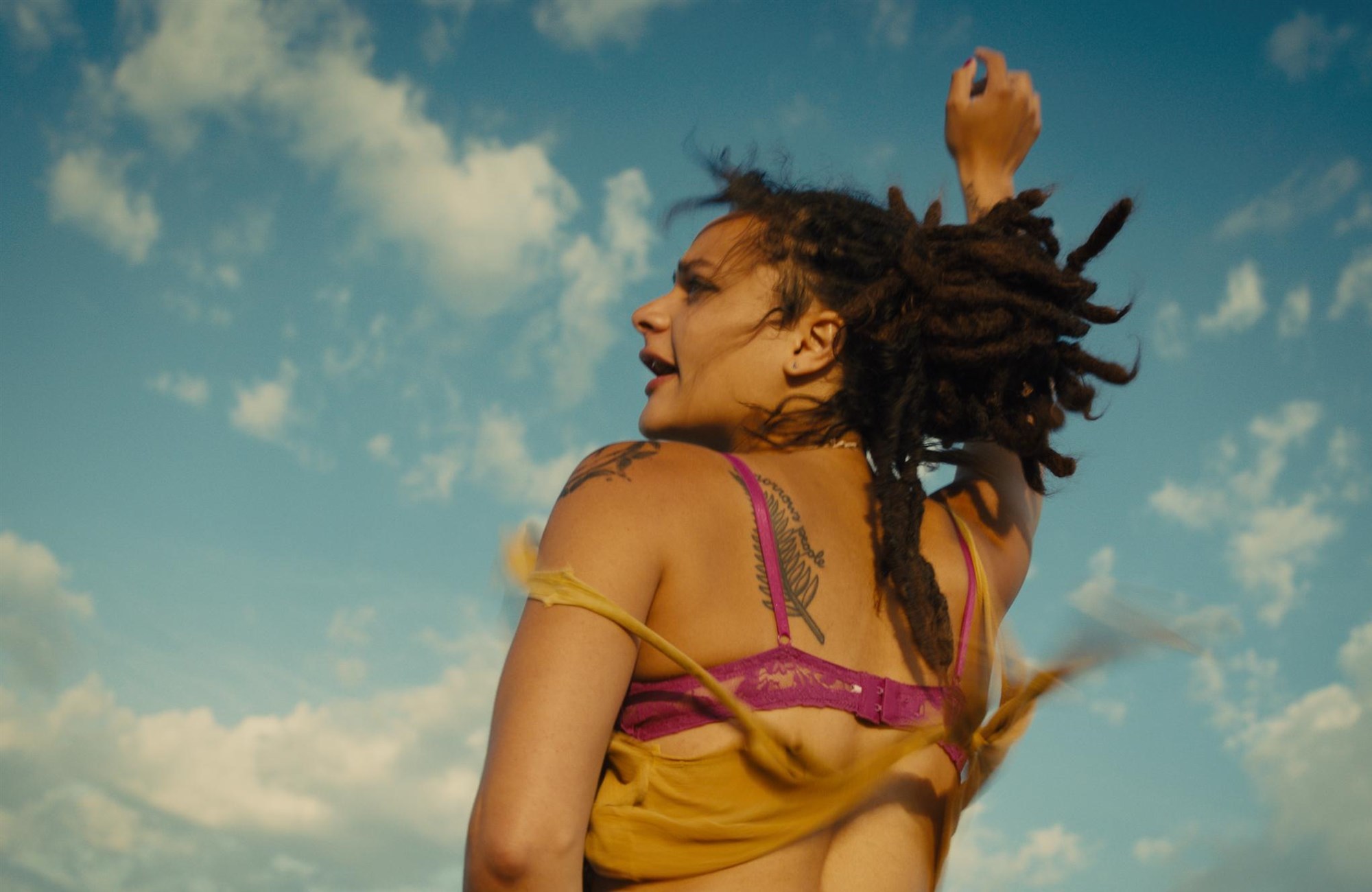It’s been more than 30 years since graphic novelist Alison Bechdel, through her friend Liz Wallace, first introduced the Bechdel-Wallace test in a Dykes to Watch Out For comic strip. The test is a simple, three-question quiz that measures a baseline level of gender equal representation in works of fiction. To pass it, pieces must have more than two named female characters who (2) engage in a conversation with one another about (3) literally anything other than a man.
The Hollywood Reporter gave the year’s top 25 highest grossing films the Bechdel-Wallace test, and a solid number of them scored in all three metrics — including Bad Moms, Sausage Party, Suicide Squad, Fantastic Beasts and Where to Find Them, and Captain America: Civil War. Despite the abhorrent racist and sexist backlash it was met with, the all-female Ghostbusters remake delivered on its all-inclusive ethos. Yet Doctor Strange, Star Trek Beyond, Deadpool, and The Jungle Book only got one out of three; The Magnificent Seven and The Legend of Tarzan achieved none at all.
In box office blockbusters — almost all of which are superhero, fantasy, or action films — women achieve the most equal representation in animated features. Finding Dory, Zootopia, and Trolls passed the Bechdel-Wallace test while films featuring humans — including Sully, Jason Bourne, Central Intelligence — could barely manage to give their female characters names. But speaking of humans: how did our favorite indie films — the ones that feel closer to our actual lives and experiences — fare?
Given that more independent films are being directed and produced by women: better! Andrea Arnold’s phenomenal American Honey passed, as did Elizabeth Wood’s debut feature White Girl. (Though in its most gripping scene, its two lead characters — played by Morgan Saylor and India Menuez — don’t say anything at all). And just as big ticket horror flick The Conjuring 2 made the grade, so did smaller-budget scream-worthy productions like critically acclaimed Korean horror The Handmaiden, and The Eyes of My Mother, a black-and-white American gothic that looks straight-up terrifying. More high marks for Nocturnal Animals, Loving, Certain Women, and Julieta.
And yet, some highly-regarded indies didn’t pass the Bechdel-Wallace test. Unlike his cult film Dazed and Confused, Richard Linklater’s Everybody Wants Some!! — billed as the spiritual sequel to its high school predecessor — didn’t make the grade. Nor did Todd Solondz’s wonderfully weird Wiener-Dog, though one bechdeltest.com reviewer noted how close it came (the film’s fourth segment consists of many female characters discussing non-male subjects with one another, yet none of these women are the named characters that appear in earlier segments).
Moonlight — according to many, including myself, the best film of the year — also does not technically pass the test. Its two primary female characters, Paula and Theresa, do not speak to each other — on screen, that is. Many of the most important events in main character Chiron’s life occur in the breaks between the stunning film’s three chapters, and in one such scene, his mother Paula alludes to a conversation with Theresa. Yet in the scenes we do see, the separation between the two women is entirely crucial to the film’s overwhelming emotional center. It might not pass the Bechdel-Wallace test, but Moonlight is in a class all its own: it is the most universally acclaimed film of the year and does not feature a single white person.
Credits
Text Emily Manning
Still via American Honey
